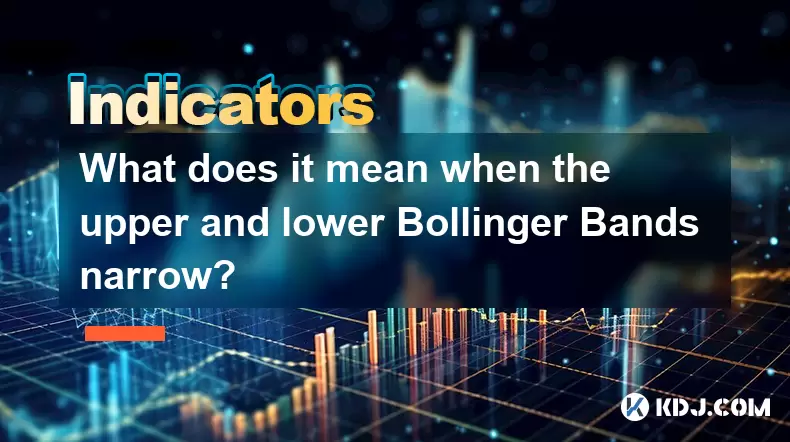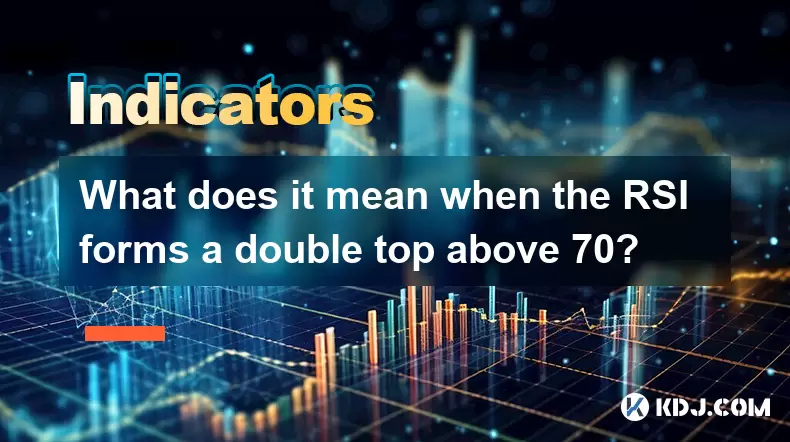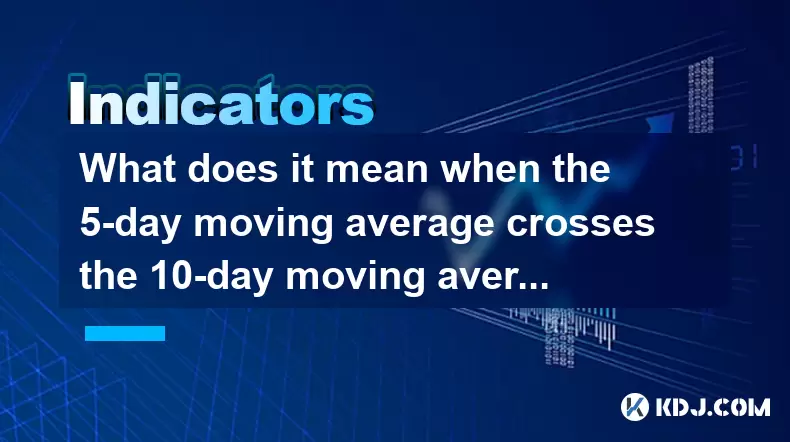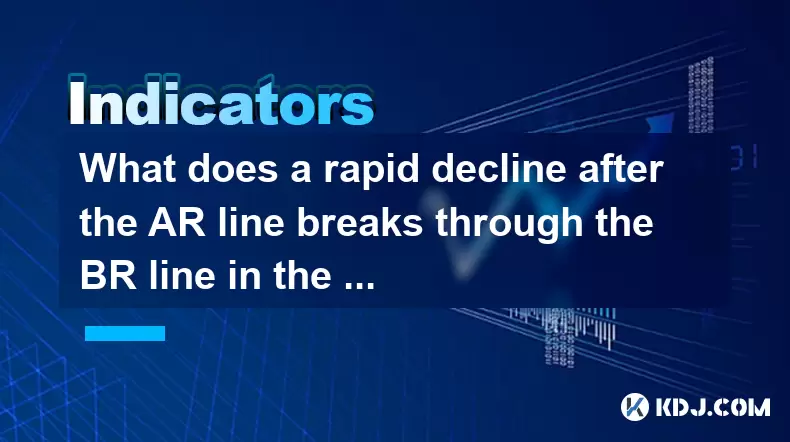-
 Bitcoin
Bitcoin $116400
-0.36% -
 Ethereum
Ethereum $4033
3.40% -
 XRP
XRP $3.302
-1.26% -
 Tether USDt
Tether USDt $1.000
-0.02% -
 BNB
BNB $796.1
1.67% -
 Solana
Solana $177.8
1.89% -
 USDC
USDC $0.9999
0.00% -
 Dogecoin
Dogecoin $0.2314
4.09% -
 TRON
TRON $0.3381
0.14% -
 Cardano
Cardano $0.7989
1.22% -
 Stellar
Stellar $0.4496
-1.84% -
 Chainlink
Chainlink $20.42
9.42% -
 Hyperliquid
Hyperliquid $41.17
0.88% -
 Sui
Sui $3.914
3.77% -
 Bitcoin Cash
Bitcoin Cash $584.7
1.52% -
 Hedera
Hedera $0.2632
-0.54% -
 Avalanche
Avalanche $24.09
3.40% -
 Ethena USDe
Ethena USDe $1.001
-0.02% -
 Litecoin
Litecoin $123.2
1.33% -
 Toncoin
Toncoin $3.318
-0.04% -
 UNUS SED LEO
UNUS SED LEO $8.984
-0.05% -
 Shiba Inu
Shiba Inu $0.00001323
2.85% -
 Uniswap
Uniswap $10.90
4.41% -
 Polkadot
Polkadot $3.999
3.34% -
 Dai
Dai $1.000
0.01% -
 Cronos
Cronos $0.1630
9.64% -
 Bitget Token
Bitget Token $4.484
0.82% -
 Monero
Monero $272.4
2.44% -
 Pepe
Pepe $0.00001173
6.03% -
 Aave
Aave $290.8
2.88%
Is the trend continuation when the Williams indicator is oversold but there is no rebound?
The Williams %R indicator helps identify overbought and oversold market conditions, but in strong crypto downtrends, oversold levels may persist without immediate reversals.
Jun 20, 2025 at 11:42 pm

Understanding the Williams %R Indicator
The Williams %R indicator, also known as the Williams Percent Range, is a momentum oscillator used in technical analysis to identify overbought and oversold levels in price movements. It typically ranges from 0 to -100, where values above -20 are considered overbought and values below -80 are considered oversold. Traders often rely on this tool to anticipate potential reversals or continuation patterns in asset prices.
When analyzing cryptocurrency markets, which are known for their high volatility, the Williams %R can be especially useful in identifying short-term extremes that may signal buying or selling pressure. However, like any technical indicator, it should not be used in isolation. The question arises: what happens when the indicator reaches an oversold level but there is no immediate rebound?
Oversold Conditions Without Reversal
In many cases, especially during strong downtrends, an asset can remain oversold for extended periods without experiencing a meaningful bounce. This phenomenon is common in cryptocurrency markets where bearish momentum can persist due to macroeconomic factors, regulatory news, or market sentiment shifts. When the Williams %R hits -80 or lower and stays there, traders might expect a reversal, but instead, price continues to decline.
This situation indicates that the selling pressure remains dominant. Even though the indicator suggests extreme conditions, the market does not always react as expected. In such scenarios, traders must consider other confirming signals, such as volume spikes, candlestick patterns, or support/resistance levels, before assuming a reversal is imminent.
How to Interpret Market Context
Market context plays a crucial role in interpreting the significance of an oversold Williams %R reading. During a strong downtrend, especially in volatile assets like cryptocurrencies, an oversold condition may indicate sustained weakness rather than a reversal. Therefore, it's essential to analyze higher timeframes, trendlines, and moving averages to understand whether the current trend is likely to continue or reverse.
For example, if the price is consistently making new lows and the 20-period moving average is declining, then the likelihood of a continuation pattern increases. Conversely, if the price starts forming higher lows and the moving average flattens, a reversal might be on the horizon. In the absence of these confirmations, relying solely on the Williams %R could lead to premature trades.
Combining Williams %R with Other Indicators
To avoid false signals, traders often combine the Williams %R with other tools. One effective method is using divergence analysis between the indicator and price action. If the price makes a new low but the Williams %R does not confirm by reaching a new low (i.e., it forms a higher low), this could suggest weakening bearish momentum.
Additionally, incorporating volume indicators such as On-Balance Volume (OBV) or Chaikin Money Flow (CMF) can provide insight into whether the selling pressure is truly fading. A drop in volume during continued price declines may hint at exhaustion, while rising volume supports the idea of ongoing bearish control.
Another complementary approach involves monitoring key support zones or Fibonacci retracement levels. If the price approaches a historically significant level and the Williams %R is extremely oversold, it may increase the probability of a bounce — but only if other indicators align.
Practical Steps for Cryptocurrency Traders
- Monitor trend strength: Use moving averages or ADX to assess whether the trend is strong enough to continue.
- Look for divergence: Check if the Williams %R shows hidden bullish signs despite falling prices.
- Analyze volume behavior: Confirm whether decreasing volume accompanies the downtrend.
- Identify key support levels: Determine if price is approaching a zone that could trigger a reversal.
- Wait for confirmation candles: Avoid entering prematurely; wait for bullish engulfing patterns or hammer candles before considering long entries.
Traders should also set stop-loss orders when trading against the prevailing trend, especially in highly volatile crypto environments. Entering a trade based solely on an oversold Williams %R without additional confirmation can be risky.
Frequently Asked Questions
Q: Can the Williams %R be used effectively in sideways markets?
Yes, in ranging or sideways markets, the Williams %R tends to be more reliable because price oscillates between defined support and resistance levels. Oversold readings near -80 may indicate potential bounces, while overbought levels around -20 could suggest pullbacks.
Q: How does the Williams %R differ from the RSI?
While both are momentum oscillators, the Williams %R measures overbought/oversold levels differently and is plotted in negative territory (-100 to 0). The RSI uses a scale from 0 to 100 and incorporates smoothing calculations. Williams %R reacts faster to price changes compared to RSI.
Q: What timeframes work best with the Williams %R in crypto trading?
Shorter timeframes like 1-hour or 4-hour charts are commonly used for intraday trading, while daily charts help identify broader trends. Combining multiple timeframes provides a clearer picture of momentum and trend strength.
Q: Should I ignore trades when Williams %R is oversold but price keeps falling?
Not necessarily. You should evaluate other supporting signals before deciding. If the trend is strong and confirmed by other indicators, you may look to fade the bounce attempt or follow the trend with appropriate risk management.
Disclaimer:info@kdj.com
The information provided is not trading advice. kdj.com does not assume any responsibility for any investments made based on the information provided in this article. Cryptocurrencies are highly volatile and it is highly recommended that you invest with caution after thorough research!
If you believe that the content used on this website infringes your copyright, please contact us immediately (info@kdj.com) and we will delete it promptly.
- SHIB Price, Meme Coin Mania, and the 250x Potential Hunt
- 2025-08-09 16:30:13
- SOL, ETFs, and AI: Crypto's Triple Threat Sensation!
- 2025-08-09 17:10:12
- Tokenized Stock on Solana: SOL Price Reacts to Exodus's Bold Move
- 2025-08-09 17:10:12
- Cardano, Mutuum Finance, Millionaires 2025: A New Wave of Crypto Fortunes?
- 2025-08-09 17:50:12
- Meme Coins on Blockchains in 2025: Hype or the Future?
- 2025-08-09 16:50:11
- World Liberty Financial, Public Listing, and WLFI Tokens: A New York Minute on the Trump-Backed Crypto Venture
- 2025-08-09 16:50:11
Related knowledge

What does it mean when the Triple Moving Average (TRIX) turns downward but the price doesn't fall?
Aug 09,2025 at 12:42pm
Understanding the Triple Moving Average (TRIX) IndicatorThe Triple Moving Average, commonly known as TRIX, is a momentum oscillator designed to filter...

What does it mean when the Williams' oscillator repeatedly hits bottoms but fails to rebound?
Aug 09,2025 at 09:28am
Understanding the Williams %R OscillatorThe Williams %R oscillator, developed by Larry Williams, is a momentum indicator used in technical analysis to...

What does it mean when the upper and lower Bollinger Bands narrow?
Aug 09,2025 at 03:00pm
Understanding Bollinger Bands in Cryptocurrency TradingBollinger Bands are a widely used technical analysis tool in the cryptocurrency market, develop...

What does it mean when the RSI forms a double top above 70?
Aug 09,2025 at 05:50pm
Understanding the RSI and Overbought ConditionsThe Relative Strength Index (RSI) is a momentum oscillator that measures the speed and change of price ...

What does it mean when the 5-day moving average crosses the 10-day moving average but the 20-day moving average remains upward?
Aug 09,2025 at 03:35pm
Understanding Moving Averages in Cryptocurrency TradingMoving averages are foundational tools in technical analysis, especially within the cryptocurre...

What does a rapid decline after the AR line breaks through the BR line in the ARBR indicator indicate?
Aug 09,2025 at 04:42pm
Understanding the ARBR Indicator ComponentsThe ARBR indicator is a technical analysis tool that combines two oscillators: the AR (Amplitude Ratio) and...

What does it mean when the Triple Moving Average (TRIX) turns downward but the price doesn't fall?
Aug 09,2025 at 12:42pm
Understanding the Triple Moving Average (TRIX) IndicatorThe Triple Moving Average, commonly known as TRIX, is a momentum oscillator designed to filter...

What does it mean when the Williams' oscillator repeatedly hits bottoms but fails to rebound?
Aug 09,2025 at 09:28am
Understanding the Williams %R OscillatorThe Williams %R oscillator, developed by Larry Williams, is a momentum indicator used in technical analysis to...

What does it mean when the upper and lower Bollinger Bands narrow?
Aug 09,2025 at 03:00pm
Understanding Bollinger Bands in Cryptocurrency TradingBollinger Bands are a widely used technical analysis tool in the cryptocurrency market, develop...

What does it mean when the RSI forms a double top above 70?
Aug 09,2025 at 05:50pm
Understanding the RSI and Overbought ConditionsThe Relative Strength Index (RSI) is a momentum oscillator that measures the speed and change of price ...

What does it mean when the 5-day moving average crosses the 10-day moving average but the 20-day moving average remains upward?
Aug 09,2025 at 03:35pm
Understanding Moving Averages in Cryptocurrency TradingMoving averages are foundational tools in technical analysis, especially within the cryptocurre...

What does a rapid decline after the AR line breaks through the BR line in the ARBR indicator indicate?
Aug 09,2025 at 04:42pm
Understanding the ARBR Indicator ComponentsThe ARBR indicator is a technical analysis tool that combines two oscillators: the AR (Amplitude Ratio) and...
See all articles

























































































